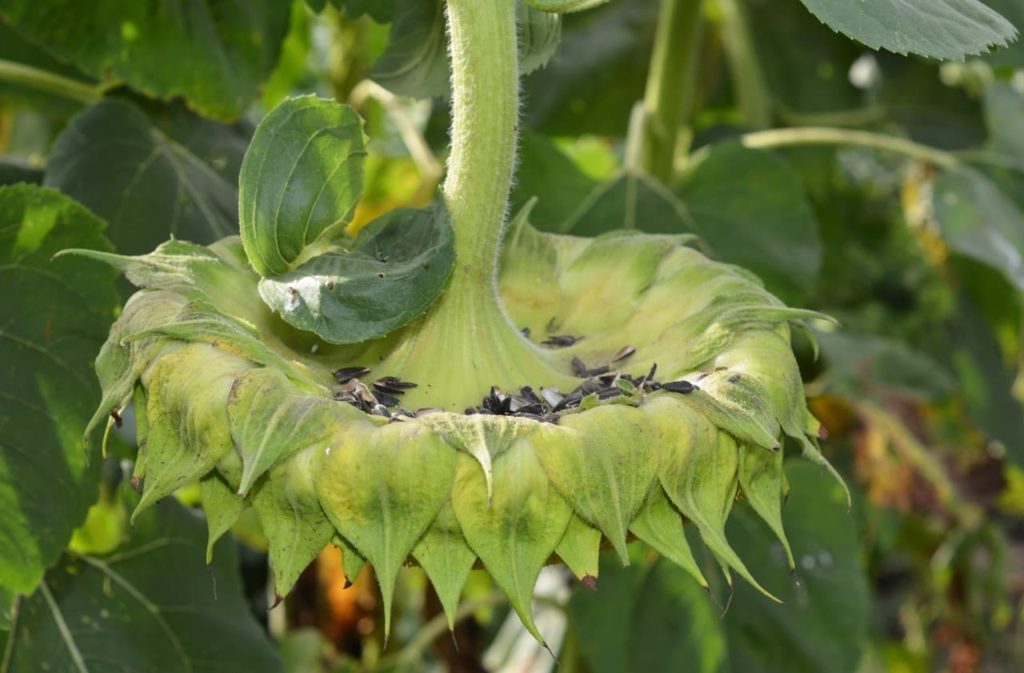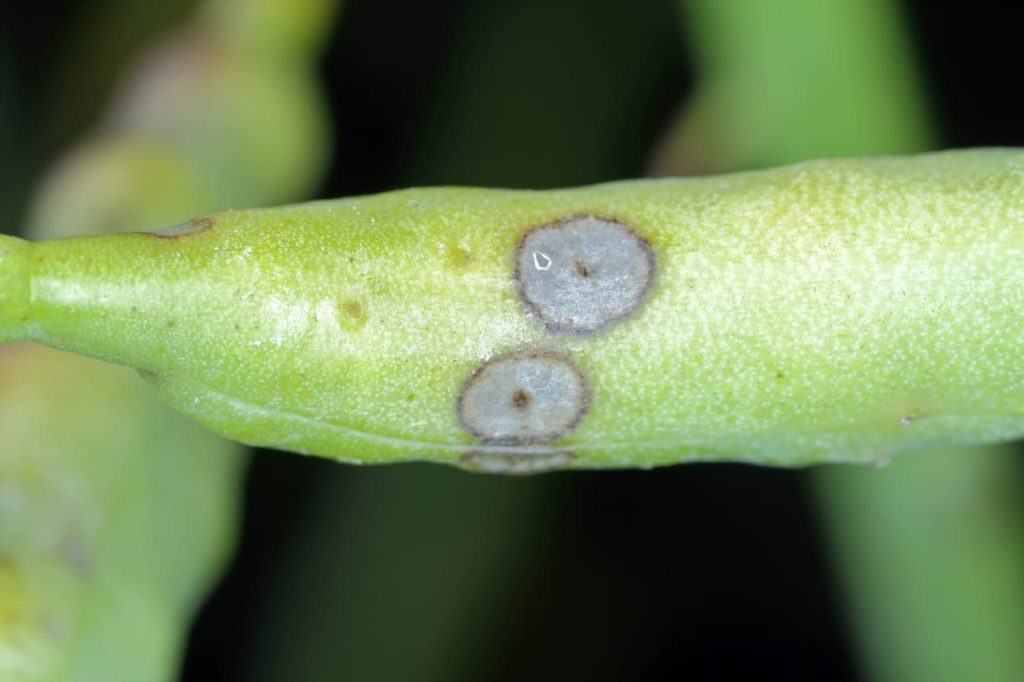Transplant Shock And Underwatering: 6 Common Reasons For Drooping Sunflowers

ANNUALS > SUNFLOWER > DROOPING
Reviewed By DAN ORI

Dan has over 27 years’ under his belt caring for plants and gardens. Working as a Horticultural Instructor and Consultant, he draws on a diverse range of experience that includes working as a Head Gardener, Tree Surgeon, Garden Centre Trouble Shooter, and writer of academic papers. Dan has a Level 3 Diploma in Horticulture and is currently a candidate for the RHS’s most prestigious award – The Master of Horticulture.
IN THIS GUIDE
SUNFLOWER GUIDES
Container Growing
Deadheading
Drooping
Harvesting
Sowing
Support
Varieties
Sunflowers are among the most commonly grown plants in the UK.
Many people find those big disc-shaped flowers not only follow the sun but, in a way, resemble it.
In fact, on tall varieties, those bright yellow rays against a blue sky are a sight to uplift a dispirited heart.
However, sunflowers also give gardeners all over the world cause for concern, as every now and again they droop!
Sunflowers can droop for any one of a variety of reasons, including:
- Blooms dying back in their natural lifecycle.
- A lack of support.
- A lack of water.
- Pests or diseases.
- Transplantation shock.
- Phoma black spot.
Underneath we take you through these reasons so you can have the best chance at rectifying the issue.
1) Blooms Dying Back
Sometimes, what you are worried about is not a drooping plant but a dying flower.

You need not do anything other than harvest the seeds at the appropriate time or deadhead the fading flower.
2) A Lack Of Support
Some types of sunflowers are top-heavy, meaning their stems are not strong enough to keep erect under the weight of big flower heads, so they droop.
This reason for drooping is normal.

All you need do is provide support to the plant by inserting a stake or cane into the ground and loosely tying the stem to it, especially at its upper half.
Gardening Expert Dan Ori tells us secure but loose is the way to tie sunflowers, particularly near the top as the plant will want to adjust its position towards the sun throughout the day. This process is called phototropism.
For specific instructions please see our guide on how to support tall plants.
3) A Lack Of Water
Sunflowers are thirsty plants and insufficient water will cause drooping and wilting.
This problem, provided you have caught it in good time, is not really a problem at all.
Simply give the plants a thorough watering with cool water in the morning, watering at the soil line.

We only hope that you are not discovering this problem and its cure on a hot, sunny afternoon!
If you are, use cold water or wait until late evening. Keep the affected plants properly hydrated.
4) Pests Or Diseases
Sunflowers are mainly trouble-free plants.
However, they can occasionally succumb to pests and diseases, especially when conditions are sub-optimal.

Crowding, a closed-in growing spot, overwatering, damp foliage and weeds increase the odds of pest attacks and disease.
The specific pest infestation or disease will have to be diagnosed and, if possible, treated.
5) Transplant Shock
Sunflowers do not take well to transplanting for a multiplicity of reasons.
Even if you have been especially careful, sunflower roots are not adaptive to new conditions and resent being disturbed.
Another factor is a sudden change in environmental conditions as a result of little or no hardening off.

There is not much you can do except keep the plant well-hydrated and keep your fingers crossed.
If you have suddenly transplanted the sunflowers from a partially shaded spot to a spot in full sun, arranging a temporary barrier to provide shade during the afternoons may help.
Going forward I suggest that you sow seeds directly in open ground or, if you’re not too deep into summer, why not do it now?
6) Phoma Black Stem
Phoma black stem is a fungal disease that can strike sunflowers.1Phoma Black Stem. (n.d.). National Sunflower Association. Retrieved April 14, 2023, from https://www.sunflowernsa.com/growers/diseases/phoma-black-stem/
Waterlogging due to overwatering, poor-draining soil, consistently damp foliage or overcrowding are contributing factors.

Unfortunately, there is no known cure.2Phoma Black Stem / Phomopsis Stem Canker. (2019, July 22). University of Nebraska-Lincoln. Retrieved May 22, 2023, from https://cropwatch.unl.edu/plantdisease/sunflower/phoma/phomopsis
The afflicted plants will have to be uprooted and disposed of.
This fungus often lives in the soil, so it would be wise to clear the ground and grow something robust in that spot instead in the future.
References
- 1Phoma Black Stem. (n.d.). National Sunflower Association. Retrieved April 14, 2023, from https://www.sunflowernsa.com/growers/diseases/phoma-black-stem/
- 2Phoma Black Stem / Phomopsis Stem Canker. (2019, July 22). University of Nebraska-Lincoln. Retrieved May 22, 2023, from https://cropwatch.unl.edu/plantdisease/sunflower/phoma/phomopsis

